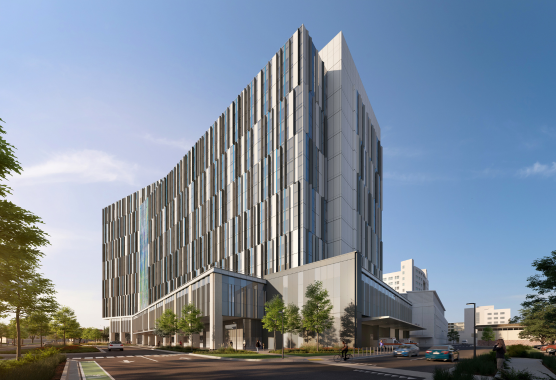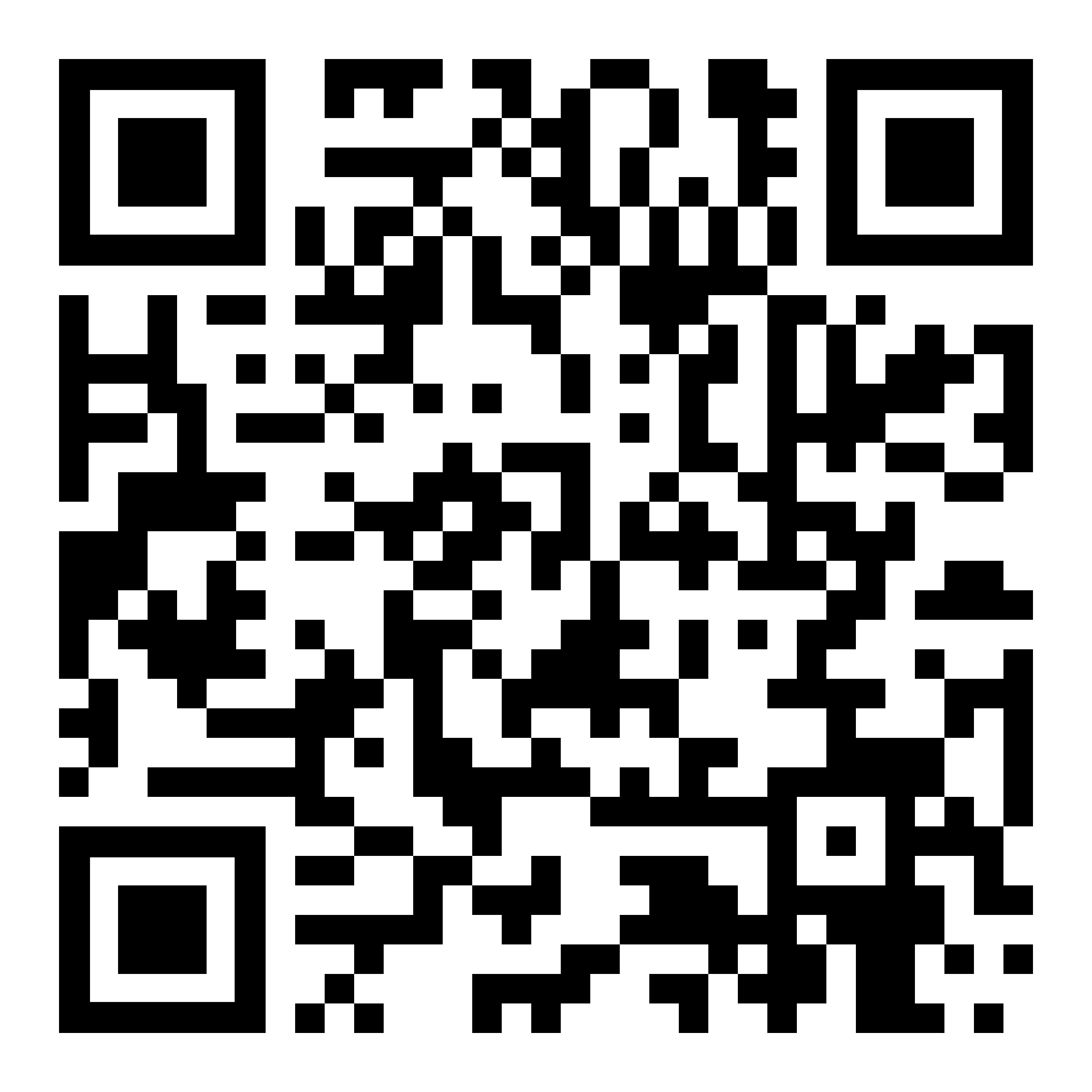General:
1. Will participation in the program cost me anything?
There is no cost to homeowners for approved sound reduction treatments provided through the Program. In limited cases, homeowners may need to complete small “pre-work” items. (Example: self-certification forms must be completed for smoke alarms and carbon monoxide alarms, indicating they are installed and operational.)
2. What are the Funding Options?
a. Program-managed escrow to pay contractors directly.
b. Homeowners who choose not to use the Program’s pre-selected contractors may use their own licensed and bonded general contractor. In these cases, the design will be completed by the RSP designer, the homeowner is responsible for paying all costs to their selected general contractor and may then submit eligible expenses for reimbursement.
3. Can I be reimbursed for upgrades I already installed?
No. Work completed before entering the Program, such as previously installed windows or doors, is not eligible for reimbursement.
4. How much quieter will my home be after the sound-reduction treatments?
The Program’s goal is to help reduce interior noise levels in sleeping areas through approved sound reduction treatments. Actual noise reduction can vary depending on each home's existing condition and construction.
5. What documents do I need to sign?
All listed homeowners must sign the provided participation documents once the application has been processed.
Products:
1. Can I select my own window or door styles?
Windows and doors are generally replaced with styles similar to those your home currently has. Final color selections are made with the contractor during the measurement appointment and must be finalized at that time.
2. Can I provide my own hardware?
No. All installed hardware comes directly from the manufacturer to maintain product quality and warranty coverage.
Construction:
1. How long will construction take?
Most homes require approximately 10-14 working days for installation. Windows and doors removed during the day will be replaced and secured before the crew leaves each evening.
2. Do I need to be home during construction?
It is preferred that a homeowner or legal representative be available. If not, work may continue, but someone must be reachable in case questions arise.
3. How do I know the work meets code requirements?
Work is inspected by the Program’s construction team. The City of Sacramento may also inspect the work before closing the building permit.
Warranty:
1. Is there a warranty on products installed?
Yes. Each installed product includes a manufacturer's warranty. A warranty packet will be provided after construction is complete.
2. Is there a workmanship warranty?
Yes. Contractors provide labor and installation warranties. After that period ends, homeowners contact the manufacturer directly for product-related issues.



